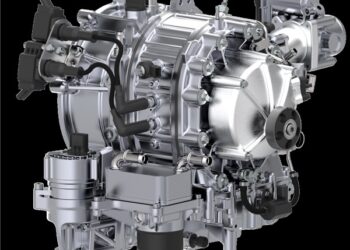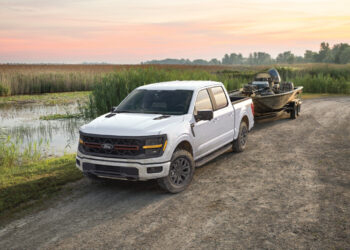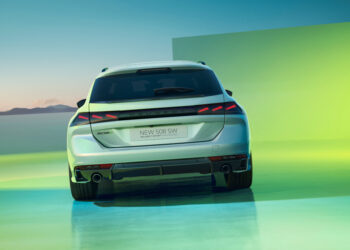Dacia is expanding its lineup with the 2025 Bigster, a bold step into the C-segment SUV territory, which will debut at the 2024 Paris Motor Show. The Romanian brand, under Renault’s ownership, is looking to replicate the success of its best-seller, the Duster, but on a larger scale. The Bigster, essentially a more robust and tech-filled “Duster XL,” offers a fresh design and a wide range of powertrain options to appeal to a diverse audience.
A Smart, Affordable SUV for the C-Segment
The Bigster stays true to Dacia’s budget-friendly ethos while upping the ante in size and features. Stretching 180 inches (4.57 meters) long, 71.2 inches (1.81 meters) wide, and 67.3 inches (1.71 meters) tall, it is significantly larger than the Duster, offering more space and versatility while retaining the brand’s signature affordability. It boasts a longer wheelbase of 106.2 inches (2.7 meters), ensuring enhanced stability and cabin comfort.
The Bigster’s modern styling features an octagonal grille, 19-inch wheels, and two-tone paint jobs, signaling a departure from Dacia’s traditionally minimalist approach. Upgraded features like an electric tailgate, panoramic sunroof, wireless smartphone charging, and adaptive cruise control make it clear that this SUV is designed to offer both value and sophistication.
Tech-Packed Interior
Inside, the Bigster combines practicality and tech with a 10-inch digital driver’s display and a 10.1-inch central touchscreen. It offers dual-zone climate control, an electrically adjustable driver’s seat, and premium options like a head-up display and advanced infotainment system. The modular roof rails can be configured for added utility, supporting up to 176 pounds (80 kg) on the roof rack.
Powertrain Options: A Hybrid Lead
Dacia has diversified the Bigster’s powertrain lineup to cater to different needs and preferences. While Dacia has moved away from diesel engines, the Bigster features efficient hybrid and mild-hybrid setups:
- Hybrid 155: The Bigster is the first Renault Group model to utilize the new Hybrid 155 system, combining a four-cylinder gas engine (107 hp) with two electric motors. One e-motor delivers an additional 50 hp, while the other functions as a starter/generator. A 1.4-kWh battery supports this setup, and the Bigster always starts in pure electric mode, allowing for up to 80% of city driving in zero-emissions mode.
- TCe 140 Mild-Hybrid: This option features a turbocharged 1.2-liter three-cylinder engine running on the Miller cycle, paired with a mild-hybrid system. Coupled with a six-speed manual transmission, this powertrain offers flexibility and efficiency, with front-wheel drive as standard and an optional 4×4 setup. The all-wheel-drive variant includes hill descent control and selectable driving modes, making the Bigster a capable off-road performer.
- ECO-G 140: For those seeking maximum range, the ECO-G 140 variant runs on liquefied petroleum gas (LPG) and has an impressive range of 900 miles (1,450 km) thanks to a 26.1-gallon fuel capacity split between gasoline and LPG. This option is aimed at drivers prioritizing long-distance efficiency.
Practical Features and Accessories
Dacia has designed the Bigster with practical features for adventurous drivers. A modular interior setup allows the 40:20:40-split rear bench to fold flat, enabling quick installation of a double bed, part of an optional Sleep Pack that includes a storage table and extra cargo compartments. The Bigster’s trunk space ranges from 23.5 cubic feet (667 liters), and additional storage can be accessed via the roof rack and optional tent for camping enthusiasts.
Price and Availability
The Bigster is expected to carry a premium over the Duster, which in Germany ranges from €18,950 ($20,800) to €22,150 ($24,300), before VAT (Value Added Tax) adjustments. The official pricing will be announced in January 2025, with sales launching in April. Although the price may seem steep compared to some American compact crossovers, it’s essential to note that European markets include VAT, which can be as high as 27% in some countries.
Dacia’s bold foray into the C-segment with the Bigster reflects the brand’s ambition to expand beyond its traditional market stronghold while retaining its competitive edge in affordability. With its diverse powertrains, practical accessories, and an array of tech features, the Bigster is poised to challenge well-established players in the crowded segment. If Dacia can maintain its reputation for value pricing, the Bigster could be another success story for Renault’s low-cost division, following the Duster’s impressive legacy of over two million sales since its 2010 debut.










